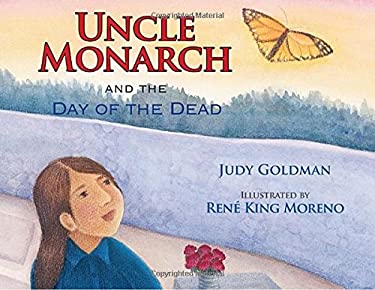This lesson covers so many techniques, strategies, and new terms. It is a great and FUN lesson. The best part is that they always turn out beautiful!
With a black permanent marker, students start by drawing 3-7 (depending on size) symmetrical butterflies on a 12x18 piece of white drawing paper. We discussed symmetry in 2nd grade so most of my students remember what it is.
Students will add symmetrical patterns and designs unique to each butterfly with the marker. Once the designs are finished students can color in the wings with different shades of oranges. This is a monochromatic color scheme!
Next, students will use different colored crayons (no orange or black) to draw flowers using a contour line.... no coloring them in! I have noticed that when students use lighter colored crayons, the paintings look nicer in the end. Students will use watercolors to paint the flowers with contrasting colors. Notice this student using blue watercolor on a pink flower.
Last students will paint the background using a watercolor wash. I had my students use a neutral color. One of the other art teachers I work with had his students use all green. The result is a beautiful painting that used multiple mediums and techniques, and introduced many new concepts!
Below is an adapted version of this project I did with one of my special needs students. We were able to practice cutting, drawing, coloring, painting, placing, and grasping/holding adaptive art materials (scissors, crayons, and paint brushes). We were also able to experience the fun and beauty of a crayon resist, just like the rest of the class, all while learning about these special butterflies.
-Miss S
















